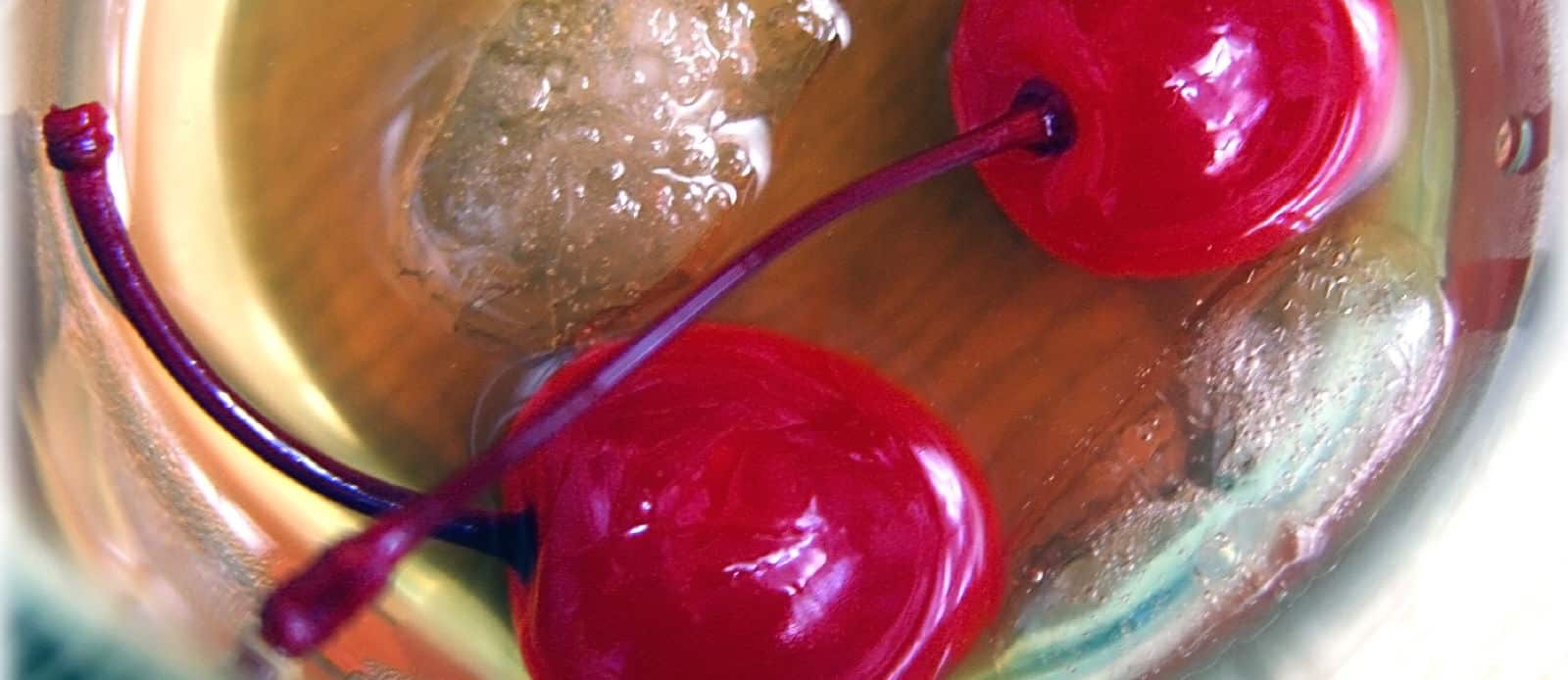Fifteen million pounds of food dyes are sold every year in the U.S. Why? Foods “are artificially colored to make unattractive mixtures of basic ingredients and food additives acceptable to consumers.” Food colorings are added to countless processed food products to “conceal the absence of fruits, vegetables, or other ingredients and to make the food appear better or of greater value than it is.” Otherwise cherry popsicles might actually look as if they had no cherries in them!
I’ve talked about the role of food dyes in causing ADHD symptoms in kids (See Food Dyes and ADHD), but what about their role in cancer?
Due to cancer concerns, Red dye #1 was banned in 1961. Red #2 was banned in 1976, and Red #4 was banned soon after. But what about Red No. 3, used today in everything from sausage to maraschino cherries? It was found to cause DNA damage in human liver cells in vitro, comparable to the damage caused by a chemotherapy drug whose whole purpose is to break down DNA, but Red No. 3 was also found to influence children’s behavior over 30 years ago and to interfere with thyroid function over 40 years ago. Why is it still legal?
By 1985, the FDA had already postponed action on banning the Red No. 3 twenty-six times, even though the Acting Commissioner of the FDA said Red No. 3 was “of greatest public health concern,” imploring his agency to not knowingly allow continued exposure (at high levels in the case of Red No. 3) of the public to “a provisionally listed color additive that has clearly been shown to induce cancer while questions of mechanism are explored. The credibility of the Department of Health and Human Services would suffer if decisions are not made soon on each of these color additives.” That was over 30 years ago. (To see the 1985 article published in the New York Times, check out my video, Red no. 3, Coloring to Dye for).
At the end of the day, industry pressure won out. While FDA scientists and FDA commissioners have recommended that the additive be banned, there has been tremendous pressure to delay the recommendations from being implemented.
In 1990, concerned about cancer risk, the FDA banned the use of Red No. 3 in anything going on our skin, but it remained legal to continue to put it in anything going in our mouths. The FDA also said they planned to end all other remaining uses of Red No. 3, lamenting that the cherries in 21st century fruit cocktail “could well be light brown.”
But over 20 years later it’s still in our food supply. After all, the agency estimated that the lifetime risk of thyroid tumors in humans from Red No. 3 in food was at most one in a hundred thousand. Based on the current U.S. population that’s 3,000.
This whole fiasco might become clearer once you watch my video Who Determines if Food Additives Are Safe?
I’ve touched on food coloring additives before:
- Is Caramel Color Carcinogenic?
- Artificial Food Colors and ADHD
- Are Artificial Colors Harmful?
- Titanium Dioxide & Inflammatory Bowel Disease
Some other videos on popular food additives include:
- Butter Flavored Microwave Popcorn or Breathing?
- Is Carrageenan Safe?
- Phosphate Additives in Meat Purge and Cola
- Phosphate Additives in Chicken
- How to Avoid Phosphate Additives
- Is Sodium Benzoate Harmful?
-Michael Greger, M.D.
PS: If you haven’t yet, you can subscribe to my videos for free by clicking here and watch my full 2012 – 2015 presentations Uprooting the Leading Causes of Death, More than an Apple a Day, From Table to Able, and Food as Medicine.
